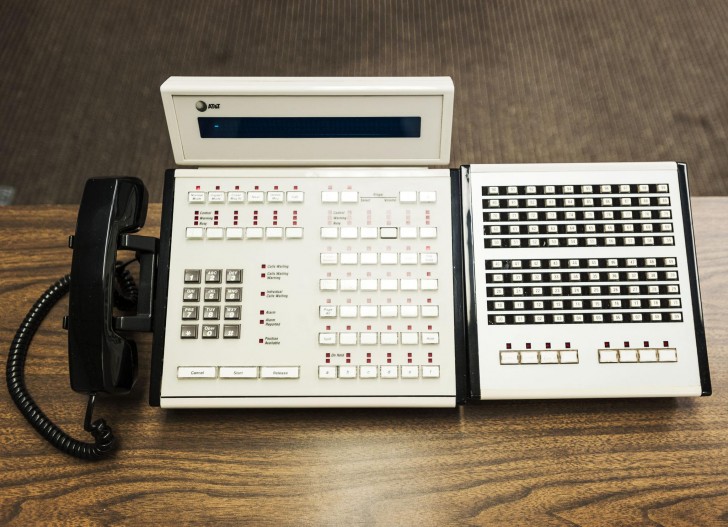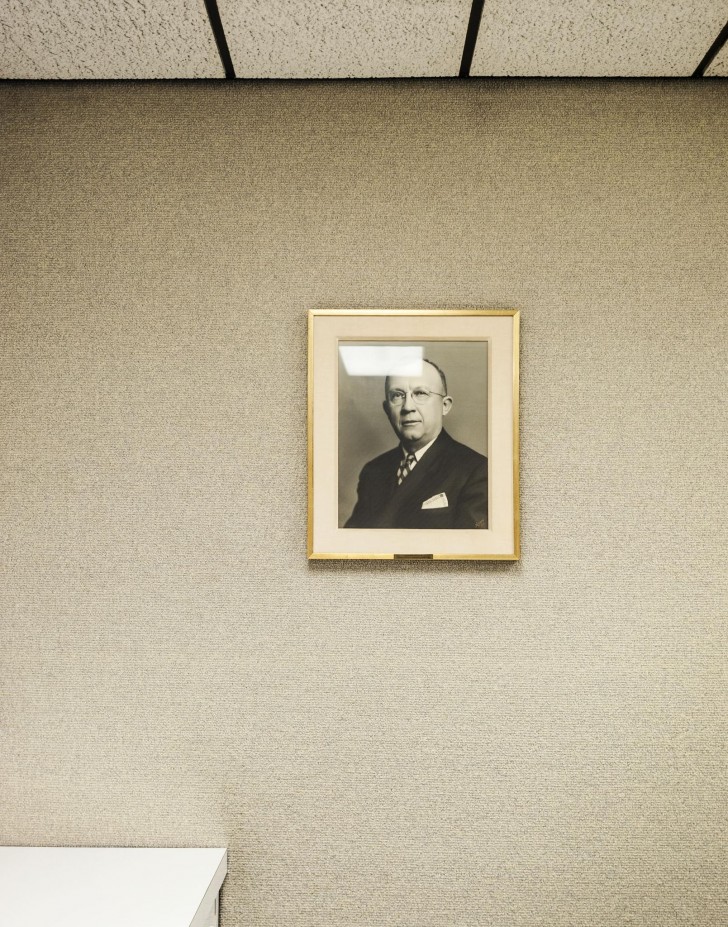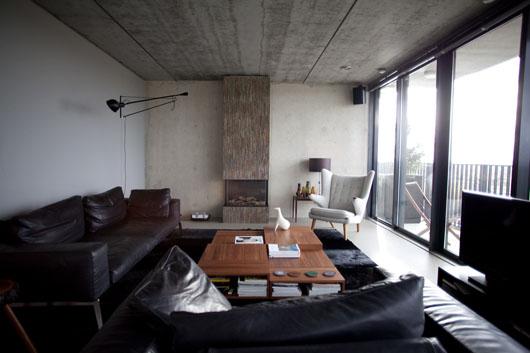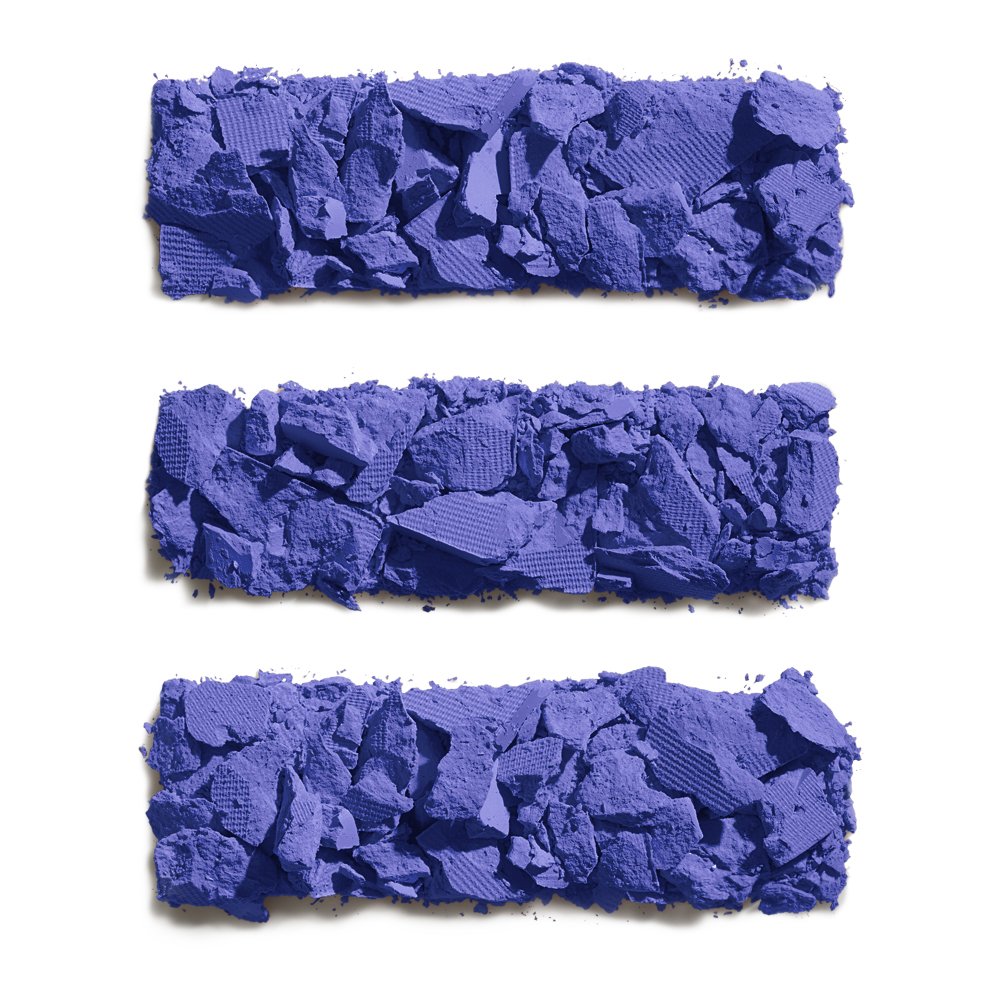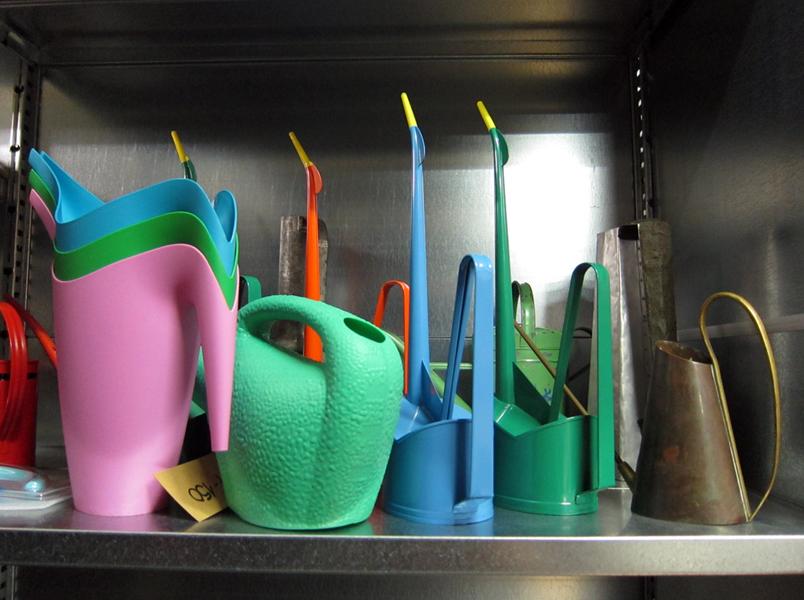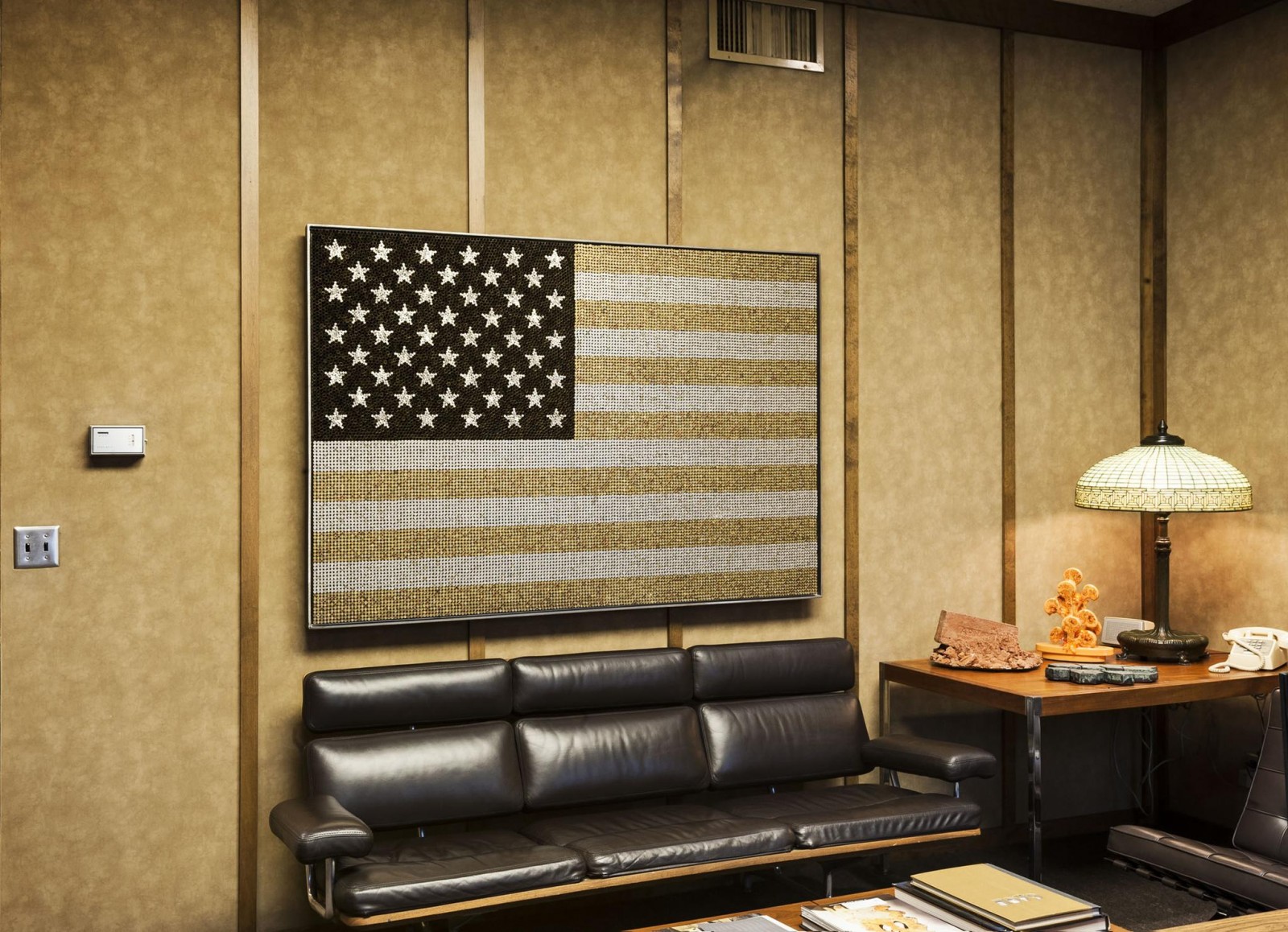
10.17.13
Excerpt: Magazine
The Belger Collection in Outpost Journal #3
So many of the designers we’ve featured here on Sight Unseen grew up somewhere small, but left their hometowns behind for someplace big. Kiel Mead grew up in Buffalo but moved to Brooklyn. Max Lamb started out on the beach in Cornwall but headed inland to London. Sam Baron spent his childhood in the mountains of France, but is now so worldly he splits time between Paris and Lisbon.
But what of the people who stay behind? Who are the artists and designers who make up the cultural fabric of Tucson, or Des Moines? That’s what the three-year-old annual nonprofit magazine Outpost Journal purports to find out. Founded in 2010 by Pete Oyler of Assembly Design and Manya Rubinstein, the journal began “as a way to provide greater exposure to creative culture outside of megacities like New York or Los Angeles,” says Oyler. (He should know: Oyler grew up in Louisville, Kentucky.) “The United States is so huge and there are so many artists, designers, and arts-based activists creating really stellar work. We wanted to survey and document these creative communities that are thriving and to also recognize the importance of place in shaping not just individual identities but socio-cultural ones as well.”
The first issue centered on Pittsburgh, the second on Baltimore. The third issue, on Kansas City, Missouri, has its debut tomorrow at Story in New York, alongside an American Design Club exhibition called Hometown Homage (which we’ll be featuring next week). Read on for a quick interview with Oyler as well as a sneak peek at our favorite story in the new issue!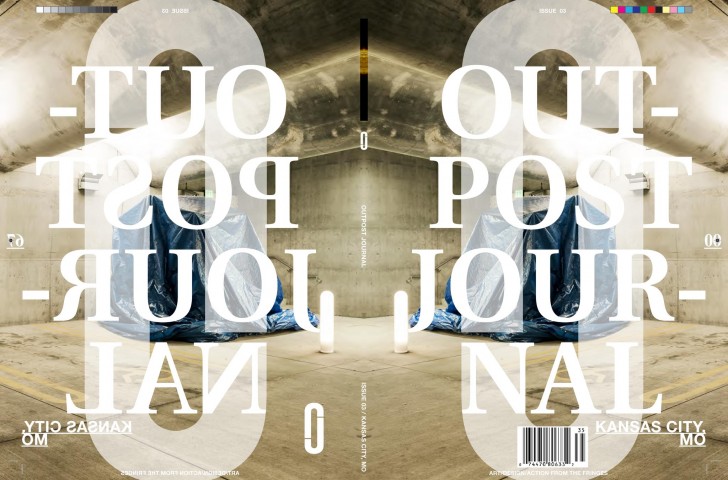
What’s your role in the magazine and what exactly does that entail?
I co-founded Outpost Journal in 2010 with Manya Rubinstein who is my fantastic co-editor and the publisher of Outpost. I currently serve as the creative director and co-editor, and I am also, on occasion, a contributing writer. These roles basically mean I am completely totally involved in all aspects of the publication. From researching editorial ideas and reaching out to writers and artists local to the city we’re featuring to contacting arts organizations I am constantly emailing, calling, or Skyping with Manya, who is based in Providence, Rhode Island, plotting the issue.
Also, for each city we feature, we do a kind of creative installation and it’s my responsibility to develop a concept for it and make sure it goes off without (too much) of a hitch. For example, for the Baltimore issue I reached out to MICA Graphic Design students and had them create another eye for the infamous Baltimore mascot, Mr. Boh. We picked one eye designed by a group of students and projected it onto the Mr. Boh mascot on a building in Baltimore. For the Kansas City issue, we did a scavenger hunt: I asked a group of KC artists and arts orgs to make a postcard (KC is home to Hallmark greeting cards, among other gems of Americana) which were then placed in small businesses throughout the city. For every card found and documented to our Facebook page we donated $25 to Bread KC, a local arts-focused micro-granting organization. As creative director, I also work very closely with our incredibly talented design director, Jay Peter Salvas.
How do you choose your outposts?
There are a lot of factors that go into choosing a city. We’re not looking to cover locales that are already heavily covered. For example, we’d take on Houston, Texas, before we took on Austin. And that has nothing to do with whether or not Austin has a thriving arts culture (it does) but it has everything to do with: How often have you heard — or better yet, read — about cool creative stuff in Houston? We look to the underdog, I guess.
Once you pick a city, does everyone involved with the production of the magazine go there?
We do! We generally stay in whichever city we feature for around 10 days. We spend months developing relationships with people and organizations local to the city we’re featuring and it is always so awesome to meet everyone in person and to experience the city’s creative underbelly firsthand. We always have some sort of dinner for everyone that contributed to the issue and, actually, in Kansas City, Colby Smith of Studios Inc. threw us a party. It was so humbling and so much fun. I feel completely confident in saying that Outpost would not be Outpost if we didn’t spend time in the given city. Each place has such a unique cultural and visual identity. Both of these things have huge impact on the design and general vibe of each issue.
I should also say that our crew is ever growing. Manya, her husband Clay, and their two-year-old son Ozzy are always on board. Manya and Clay actually just had baby #2, Elsa, about a month ago, so she’ll be joining us for the next issue. Jay Peter Salvas and Matthew Williams, our stellar primary photographer, always come along as do a rotating cast of contributors. It’s always fun, never boring, and, also, kind of insane.
How do you find your story subjects?
It is such a wild and divergent process. We make use of our network, heavily. Manya grew up in NYC and now lives in Providence. Her husband spearheaded the development of The Steel Yard, a community industrial arts center in Providence that attracts some insanely talented artists and the kind of people you want to hang out with forever. That is where we actually met. I was living next door while in grad school at RISD. Anyway, between all of our creative networks and our friends networks and their friends’ networks, we start to hone in on who, what, and where to scope. We’re looking for the obscure and the imaginative but also the organizations that are interested in big — like paradigm-shifting big — changes (the Conflict Kitchen or Whoop Dee Doo are just two of so many great examples). We’re interested in what makes the everyday in a particular city’s creative culture thrive (YJ’s in Kansas City, for example, serves as a 24/7 snack bar and is also a hub for artists working late, talking shop, etc.) And we’re always, always interested in great work.
You wrote our favorite piece in the new issue, excerpted below, which looks at the amazing art collection of a crane-manufacturing plant in KC. How did you find them?
Through amazing local contacts. We were tipped off initially by Caitlin Strokosch from the Alliance for Artist Communities before even setting foot in Kansas City and then Paul Tyler from the arts alliance hooked us up with Consuelo Cruz at Belger, who was an incredible resource.
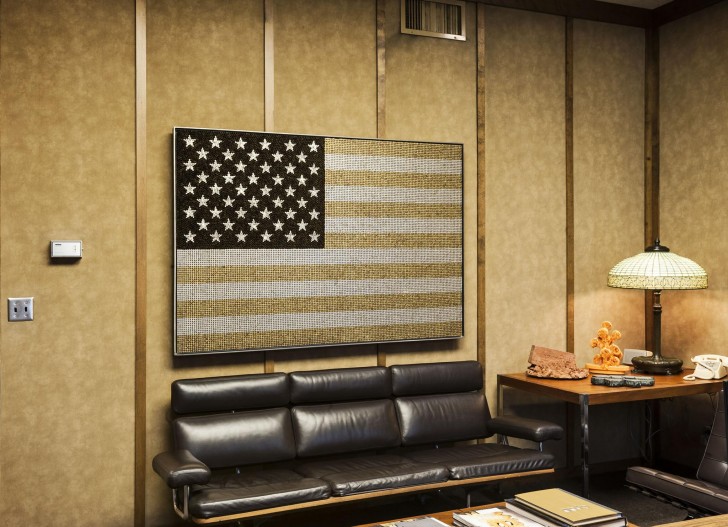
A private office at Belger Cartage Service displays Moses Nornberg’s Bullet Flag (made from 23,000 spent bullet casings), a Louis Comfort Tiffany Studios lamp, sculptures by Robert Arneson and works by Kansas City artists Rain Harris and Cary Esser.
HIDDEN IN PLAIN SIGHT: THE BELGER COLLECTION, by Pete Oyler
For those of you rusty with state monikers, Missouri is known as the Show Me State. It is not clear exactly when or why Missouri earned this nickname — there are varying legends — but for a state that has a rich and well-documented history of speakeasies in its largest metropolis, Kansas City, “Show Me” feels somewhat ironic or at least cheeky. Prohibition is now a distant era but traces of its spirit are alive and well in present day Kansas City. While only a few actual illegal venues still exist, there are plenty of spots that at least feel secret, such as Manifesto, the dimly lit cocktail bar hidden behind a back entrance to downtown’s Rieger Hotel. The cultural leftovers of Prohibition in Kansas City have allowed for an exciting contemporary experience of the city: the thrill of finding something hidden in plain sight.
Located just a few blocks away from the Rieger’s basement bar is the headquarters of Belger Cartage Service, Inc. (BCS). From giant cranes to machinery installation, they provide an array of services and equipment and specialize in hauling and warehouse services. If you need a 600-ton lattice crawler to lift your windmill rotor into position, Belger is your company. The Belger headquarter building is also home to the Belger Arts Center (BAC) and the Belger-supported Red Star Studios and Crane Yard Studios (a ceramics studio cum residency program on the ground floor with a world-class artist studio facility in the works a few miles away).
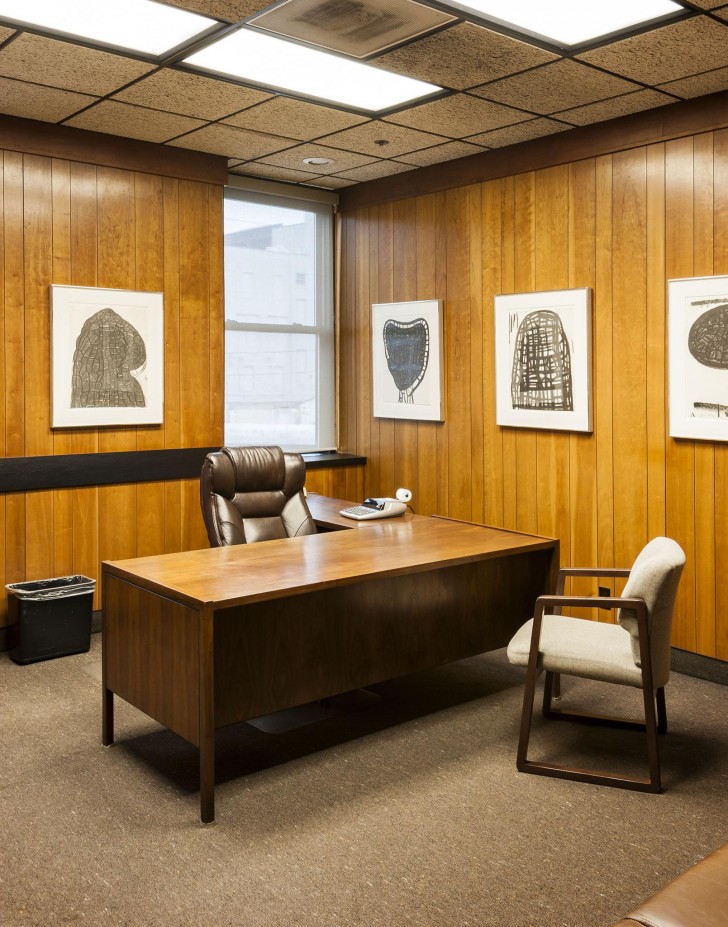
Prints from the folio Primitive Segments by Terry Winters hanging in a private office.
The BAC contains thousands of great American modern and contemporary artworks — all of which are accessible to curators across the country. Specifically, the Belger Family Foundation collects seven American artists in-depth — Terry Allen, William Christenberry, Jasper Johns, Robert Stackhouse, Renée Stout, Terry Winters and William T. Wiley — and focuses on the trajectories of their creative processes throughout their careers. In addition to these seven artists, the collection includes multiple works by numerous other midcareer and established artists, and also includes a special category for emerging artists.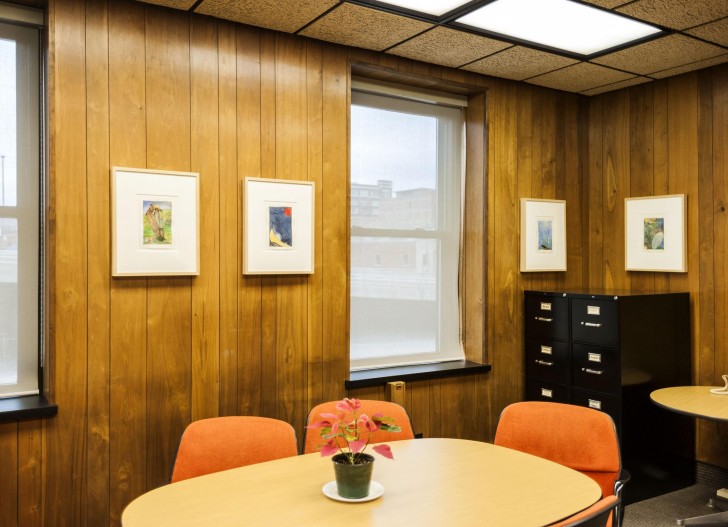
A meeting space featuring watercolors by William T. Wiley from his 1994 Second Thoughts series.
That this kind of collection exists in the context of the BCS offices is surprising—after all, how many cartage companies have a Saatchi gallery–worthy Duane Hanson in the lunchroom? The Belger offices have no intention of mimicking a white wall space: drop ceilings, brown carpeting, typical plastic trash bins, and perhaps most poignantly, no security guards contribute to the unassuming affect of the entire operation. Conceivably, one could enter the offices and have no real idea that they were standing next to a selection of architectonic paintings by Robert Stackhouse or colorful photogravures by Robert Rauschenberg.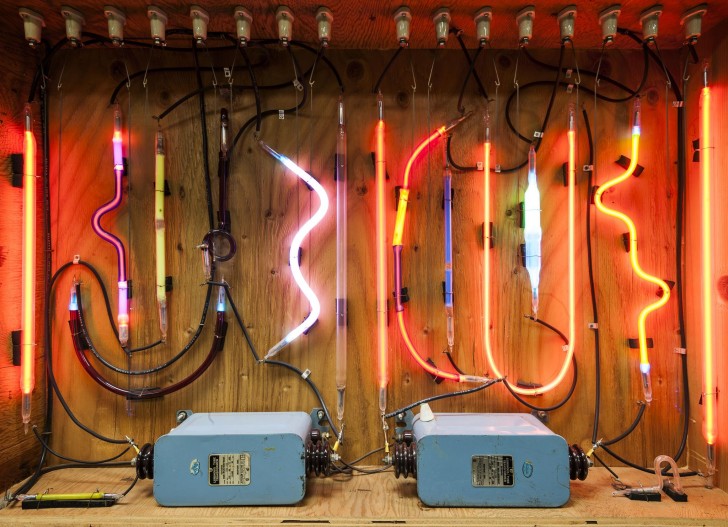
An office at Belger Cartage Service displaying a piece by San Francisco-based artist Cork Marcheschi.
President of the business that his grandfather began in 1919 with a single truck, Richard “Dick” Belger has been running the Belger enterprises since 1985. An avid art lover who keeps business matters close to his vest, Belger is happy to share the world-class art collection he has cultivated. So long as you know it exists, you can set up a tour of both the collection and the studios six days a week with Mo Dickens, a well-known Kansas City personality and the BAC’s gallery associate and guide. By the end of the tour you will have seen an incredible collection of rare works of art— treasures hidden in plain sight.
A portrait of the late Richard Belger, founder of Belger Cartage Service, hanging in the second floor reception area at Belger headquarters.
